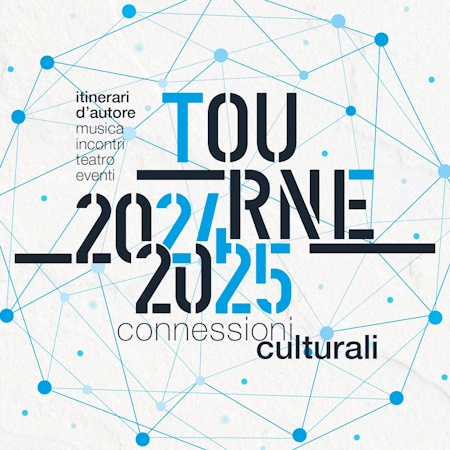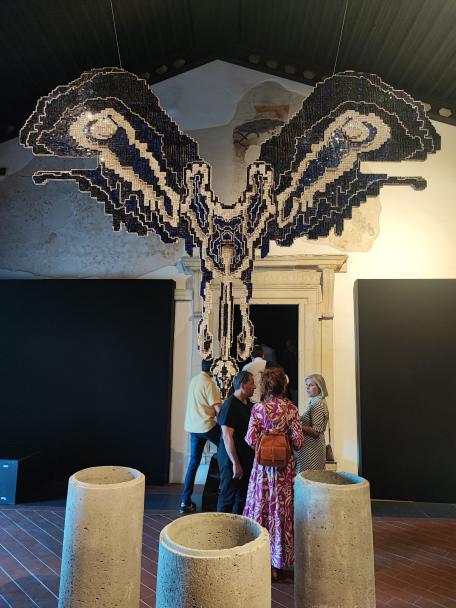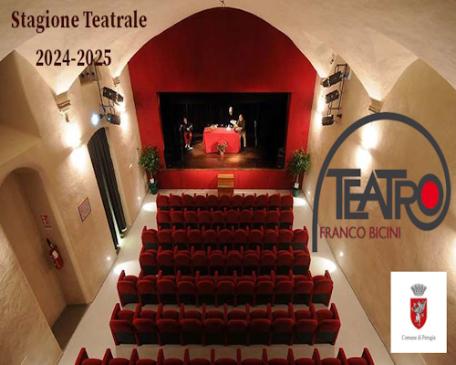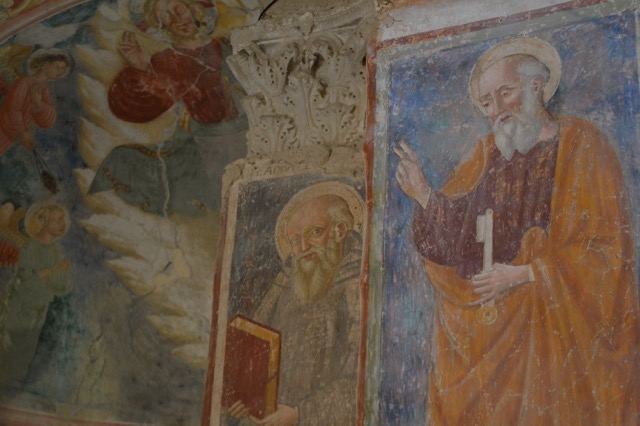It has been a long time since this short turn around the altar, aimed at healing bone maladies, has been practiced. The unique position of this altar, which on the instructions of Saints Lazzaro and Giovanni was placed in front of the apse on the left arm of the transept, forms a type of narrow passageway where you must crouch down with your eyes directed towards the sacred fragments. In fact, on the right side of the altar, a small opening protected by an iron grate has been made for the fenestrella confessionis, through which you can see the relics of the holy monks.
The story of San Pietro in Valle is contained in the manuscripts kept in the Archive of the Cathedral of Spoleto. Legend has it that Lazzaro and Giovanni arrived in Italy from Syria in around 516, erecting a hermitage identified with the Romitoria sul Monte Solenne (Hermitage of the Solemn Mount), above Macenano.
It was Faroaldo II, Lombard duke of Spoleto, who built the abbey dedicated to Saint Peter upon the tomb of Saints Lazzaro and Giovanni, in which he sought refuge in 720 when he was dethroned by his son and where he died as a monk in 728. The tombs of several Dukes of Spoleto, found in 996 during restoration work started by Ottone III of Saxony, were arranged in the apse of the church by re-employing the roman sarcophagi discovered in the area. The abbey became a ducal mausoleum that extended its religious and economic influence over a vast territory, with the privilege of not having to rely on the bishopric power.
The Abbey Today
Presently, the monastery is private property and offers accommodation in a period-style residence. The church itself has a Renaissance facade that faces the ancient pathway to Spoleto, while the powerful four-tiered bell tower dates back to the end of the 11 th century. Inside, a single nave covered in trusses is decorated by a cycle of frescoes with scenes from the Old and New Testament, one of the cornerstones of Umbrian painting from the 12 th century. The transept ends with three semi-circular apses, according to the designs of Ottonian architecture.































